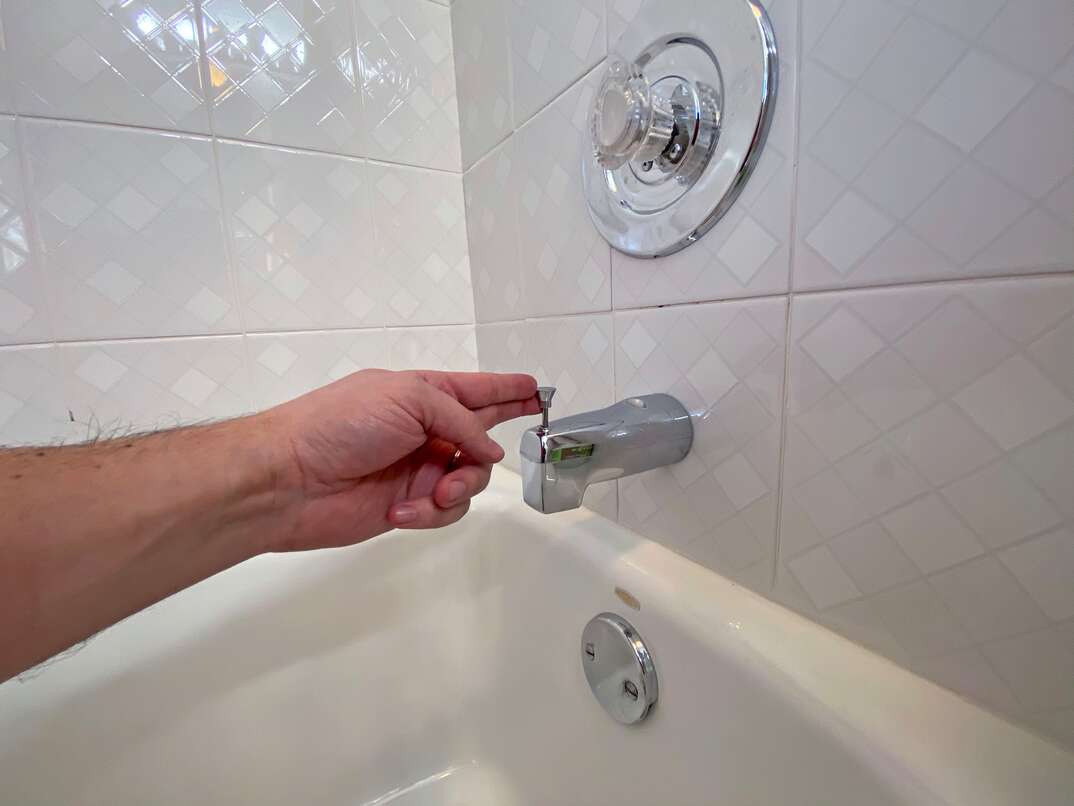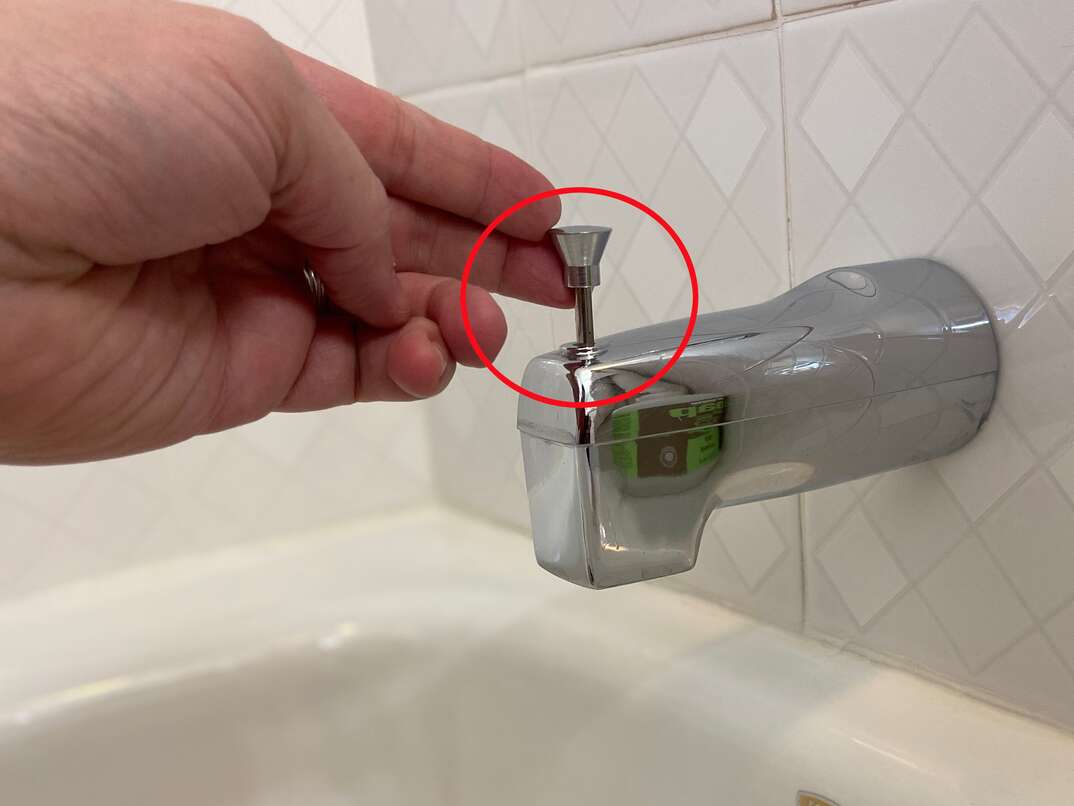What Is a Shower Diverter Valve (and Why Should You Care?)

Your shower diverter works to ensure water is flowing freely between the showerhead and the bath faucet. These valves are common in older homes that were constructed before built-in valves became the standard. Unfortunately, most homeowners likely are unaware of what a shower diverter valve is — and how to diagnose related problems when they arise.
This May Also Interest You: Let It Flow: Improve Low Water Pressure in the Shower
Read on to learn what a shower valve diverter is, red flags that you may be in need of repairs, and whether these repairs would be covered under a home warranty.
What Is a Shower Valve Diverter?
When remodeling bathrooms in older homes, it's not uncommon for a bathtub to double as a standup shower. When updating these showers, it wouldn't make sense to create entirely new water-supply pipes to feed the shower head, in which case diverter valves often are installed.
There are three different types of shower diverter valves. They include:
1. Three-Valve Shower Diverter
These diverter valves are found in tubs that have separate hot and cold faucet handles, with the diverter valve positioned in the middle of them. Turning the diverter valve 180 degrees in a clockwise direction channels hot and cold water to the showerhead, while turning it counter-clockwise channels water to the tub.
2. Two-Valve Shower Diverter
This type of diverter valve is found in tubs that have a single faucet handle, or in the middle of two handles. It's to a three-valve diverter: You simply turn it to direct water to the shower or the tub.

3. Single-Valve Shower Diverter
This diverter valve, also known as a tee diverter, is located on the end of the tub spout (see photo above). Activating it requires simply pulling up on the diverter, which then sends water to the showerhead. Pushing the diverter back to the downward position restores water flow to the tub again. This valve allows the bathroom to have a shower and a bathtub in the same space.
What Does a Shower Valve Diverter Do?
But no matter which type of shower valve diverter you have, all work to achieve the same purpose. The diverter looks like a pin pulled upward from the bathtub faucet spout. It's possible that it may come in the form of a third handle or a button that needs to be pushed or pulled.
Either way, when the valve is activated, it engages a rubber stopper, which causes the water to flow in a different direction. This pressure forces the water up toward the shower head, enabling you to take a shower. When the stopper is removed, water will flow the other way, which is how the bathtub fills.
Signs You Need to Repair or Replace Diverter Valves
To the untrained eye, it can be difficult to spot issues with the shower diverter valve. That's because it's hidden behind the wall or the faucet itself. While you may not be able to spot any physical damage, a problem with your valve can be quite obvious just by watching how the water flows out of the shower head or faucet.
Here are some things to be on the lookout for:
- A dripping faucet. There are many issues that can lead to constant dripping, and constant dripping can lead to constant annoyance — not to mention needlessly higher utility bills. A persistent drip is often a sign that something's wrong with the faucet itself, but it could also be a diverter-valve issue.
- Leaking handles. This is often a telltale sign that something's wrong with your diverter valve, as diverter valves are often located directly behind the handles. Unfortunately, leaky handles can be quite common as time goes on because the seal located between the outside of the handle and the valve inside the water supply is prone to degrading.
- Issues with the shower head. You should be able to spot issues with your shower head almost immediately. The shower valve works to dispense water from either the lower bath faucet or the shower head. In some instances, water may continue to come out of the bath faucet while the shower diverter valve is engaged — a signal that you'll need repairs.
- Rust and grime. Again, because of its location, spotting physical damage or rust and grime on your shower diverter valve will be difficult.
The moment you notice something may be up with your faucet or valve, it's best to call an expert as soon as possible. Putting it off could lead to your monthly utility bills edging higher and higher as a result.
Do Home Warranties Cover Shower Valve Diverters?
Many homeowners are under the mistaken impression that their houses are covered by their homeowner's insurance. In reality, most homeowners are responsible for emergency repairs to water, sewer, plumbing, electrical, heating and cooling systems. Most basic homeowners insurance policies, local utility providers and municipalities do not cover repairs to or replacement of the major systems in and around your home.

